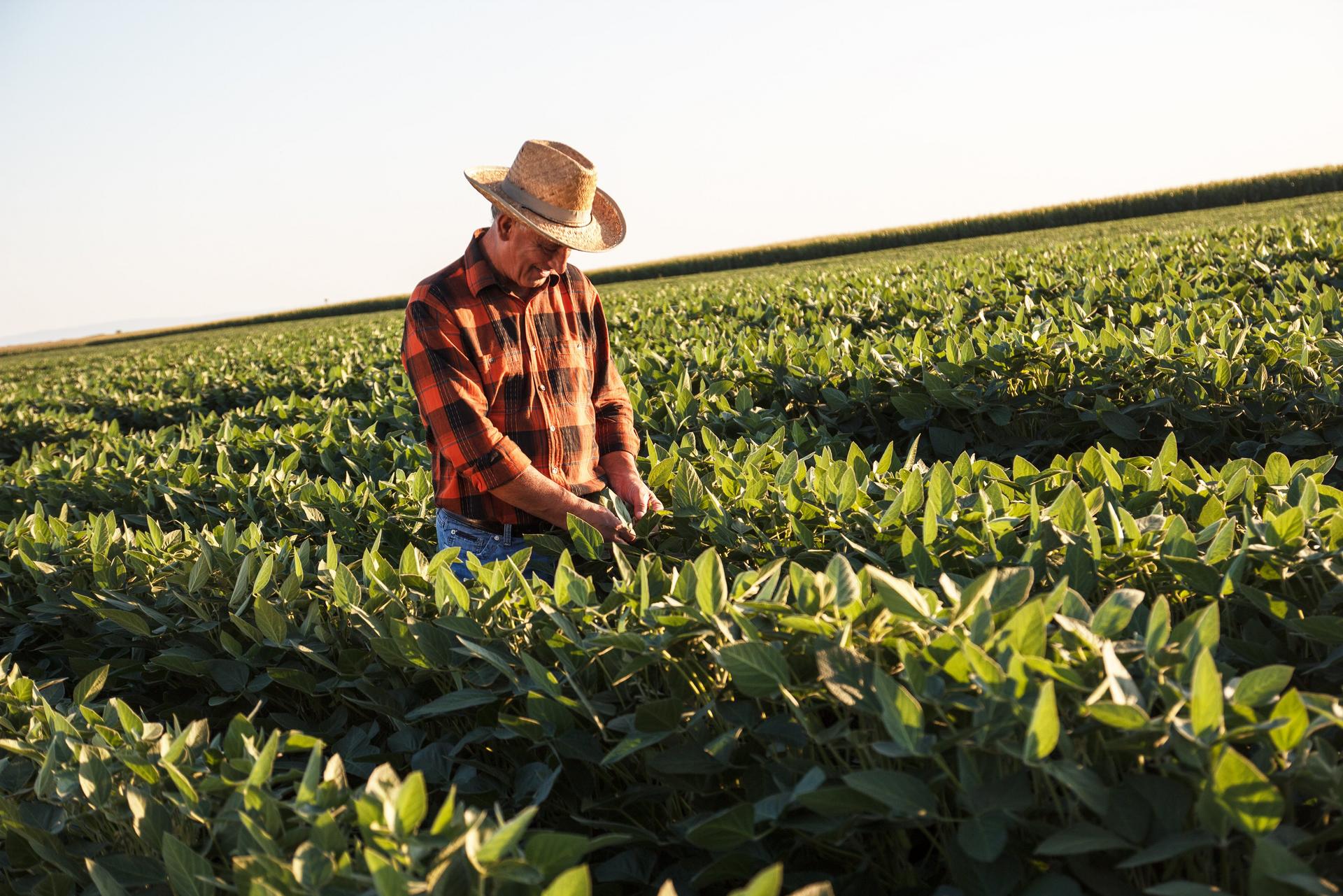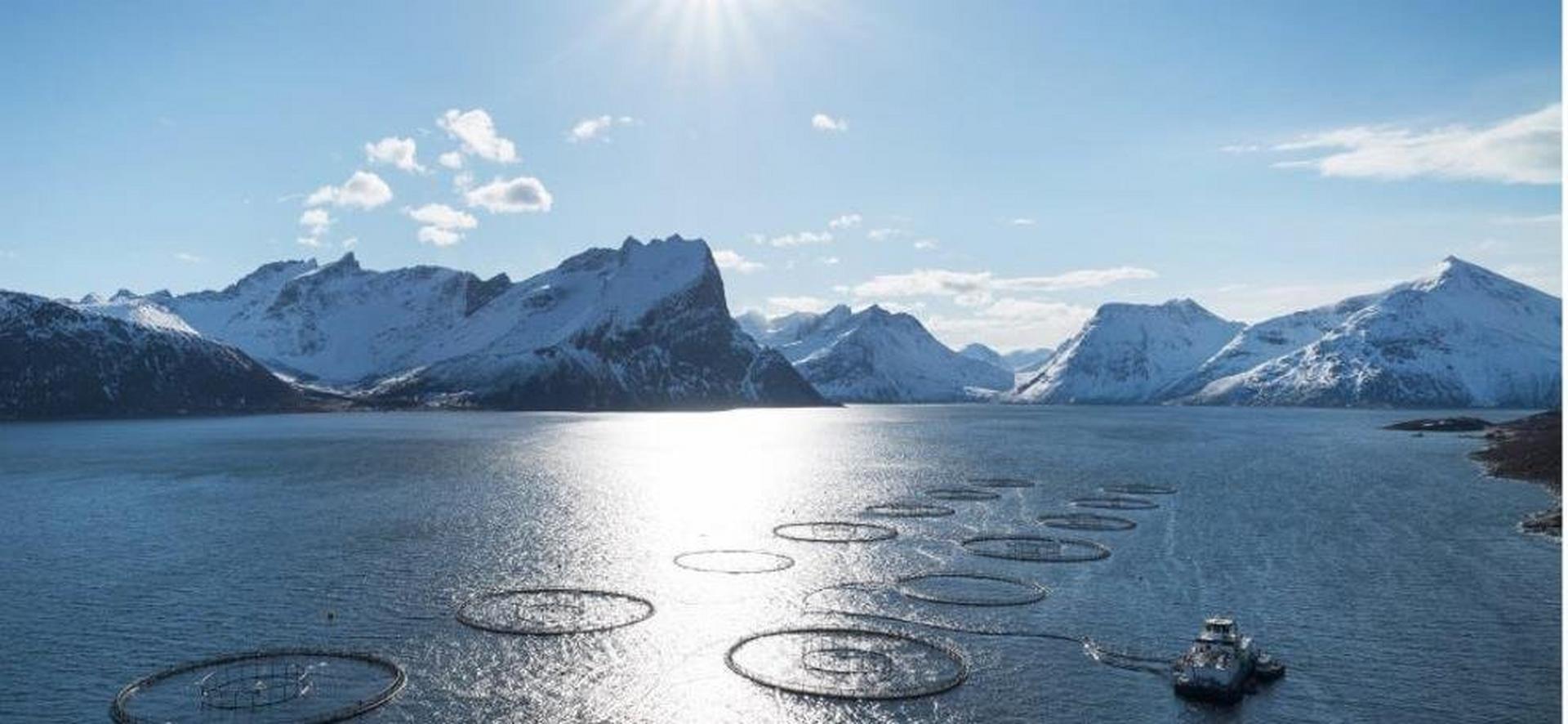The diet of farmed fish and shrimp directly influences their nutritional value, making high-quality, responsibly produced aquafeed essential to delivering seafood that is nutritious, healthy and produced with care for the planet.
Seafood is naturally rich in essential nutrients, from high-quality proteins and amino acids to omega-3 fatty acids (EPA and DHA), vitamins and minerals.
These nutrients are key to heart health, brain function and well-being. But just as humans thrive on balanced diets, so do fish and shrimp. To ensure seafood remains a valuable source of key nutrients, aquafeeds must be formulated to meet the precise nutritional needs of farmed seafood.
The challenge today and in the future will be maintaining the highest nutritional value while improving the formulation of feed.
Historically, aquafeeds relied heavily on marine ingredients sourced from wild fish, raising concerns about overfishing. However, the industry is evolving. New ingredients, such as microalgae, omega-enriched crops, insect meals and by-products from seafood processing, are now entering the market, reducing environmental impact while maintaining optimal nutrition.
Looking forward, innovation will continue shaping aquafeed. Advances in ingredient development, feed technology and circular resource use will allow the industry to deliver even better results.
The future of seafood depends on better feed solutions that balance nutrition, efficiency and environmental responsibility. With every step forward, we are ensuring that better feed means better food and a better future for us all.






